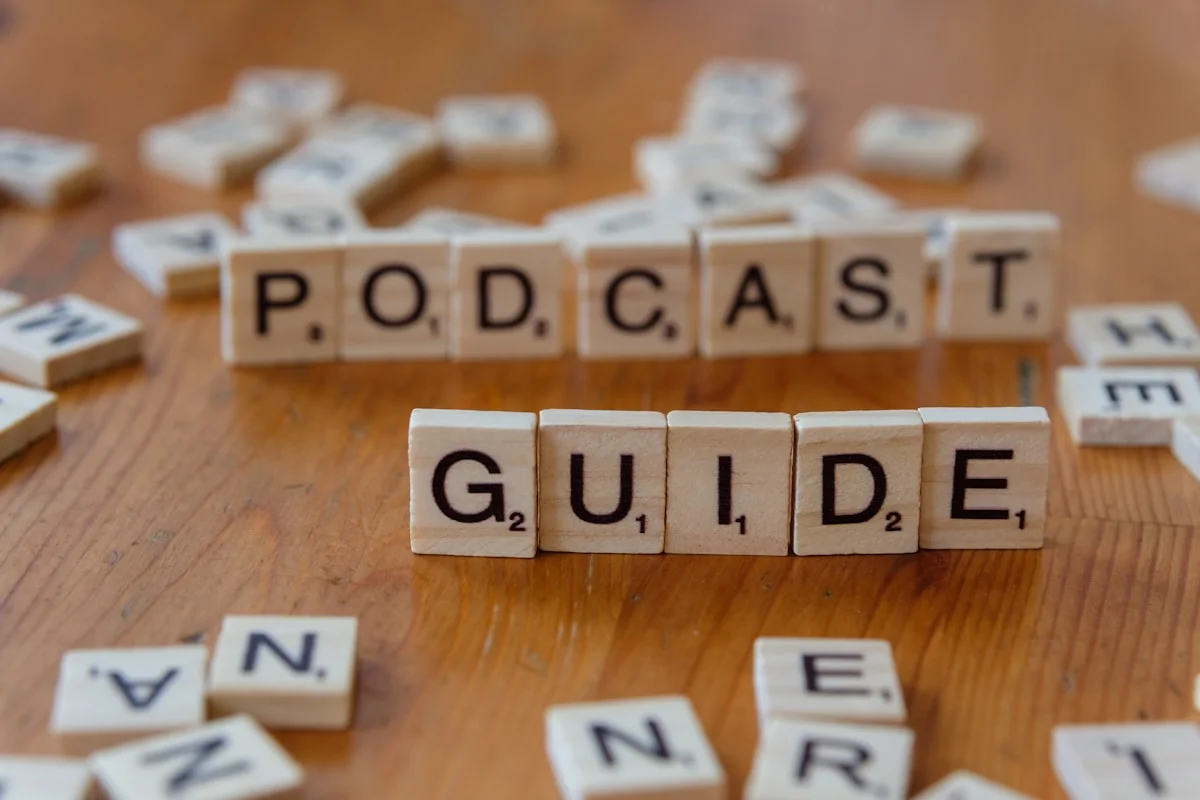Your Complete 2025 Beginner’s Guide to a Professional Home Podcast Setup
Starting your own show is an exciting venture, and creating a high-quality home podcast setup is the crucial first step. This guide is designed to walk you through every component you’ll need, from essential hardware to user-friendly software, ensuring your home podcast setup sounds professional from day one. Whether you’re aiming to share stories, build a brand, or connect with a global audience, a well-planned home podcast setup is your foundation for success in the ever-growing world of audio content.
Understanding the Core Components of a Home Podcast Setup
Before you hit the record button, it’s vital to understand the fundamental pieces that make up a functional studio. The heart of any home podcast setup is the microphone. While your computer or phone has a built-in mic, investing in a dedicated USB or XLR microphone will dramatically improve your audio clarity and reduce background noise, making your podcast instantly more listenable. Popular starter models are both affordable and incredibly effective for solo hosts or interview formats.
Next, you’ll need to consider your recording environment. You don’t need a soundproof booth, but you do need to be mindful of acoustics. A quiet room with soft furnishings like carpets, curtains, and sofas will absorb echo and reverb far better than an empty, tiled room. For a more controlled sound, you can use a portable vocal booth or even record in a closet full of clothes. Good headphones are also non-negotiable; they allow you to monitor your audio in real-time, catching any pops, clicks, or unwanted noises as they happen.
The final hardware piece is an audio interface if you choose an XLR microphone or plan to have multiple co-hosts. This device converts the analog signal from your microphone into a digital signal your computer can understand. For software, you’ll need a Digital Audio Workstation (DAW) to record and edit your episodes. Many excellent options are available for free or at a low cost, offering powerful editing tools like cutting, fading, and noise reduction to polish your raw audio into a seamless final product.
Choosing the Right Equipment for Your Home Podcast Setup
Selecting your gear can feel overwhelming with the vast array of options available. The best approach is to start simple and scale up as your show grows. For a microphone, a USB model is the easiest plug-and-play solution for a beginner. They connect directly to your computer and often come with everything you need to start recording immediately. As you become more experienced, you might upgrade to an XLR microphone and interface for greater flexibility and audio fidelity, especially if you plan to host guests in person.
Your choice of recording and editing software will define your workflow. Look for a DAW that balances powerful features with an intuitive interface. Some are designed specifically for podcasting and include helpful features like one-click leveling and easy export formats for publishing. Remember, the goal is to spend less time wrestling with tech and more time creating great content. Don’t forget accessories like a sturdy microphone stand or boom arm and a pop filter, which is a small screen that placed in front of the mic to soften harsh “p” and “s” sounds, resulting in cleaner audio.
When setting your budget, prioritize your microphone above all else, as it has the single greatest impact on sound quality. You can create an incredible show with a modest investment by focusing on the core components: a good mic, headphones, and free editing software. This strategic approach ensures your initial home podcast setup is both effective and sustainable.
Recording and Editing Your First Episode
With your equipment assembled, it’s time to create your first episode. Begin by writing a loose script or a detailed outline. This doesn’t need to be word-for-word, but it will keep you on track and help avoid long pauses or tangents. Practice speaking clearly and at a consistent pace into your microphone, maintaining a comfortable distance of about six inches. Before you record your main content, always capture a minute of “room tone”—the natural silence of your room—which can be used in editing to cover up any cuts or mistakes seamlessly.
Once recording is complete, import your audio file into your chosen editing software. The primary goals of editing are to remove mistakes, long pauses, and ums or ahs, and to ensure the audio levels are consistent throughout. Use the noise reduction tool to minimize any constant background hum, like from a computer fan or air conditioner. Add your intro and outro music, ensuring the music is at a lower volume than your voice so it doesn’t overpower your speech. Finally, export your file in the recommended format, typically MP3 at a stereo bitrate of 128 kbps, which offers a good balance of quality and file size for streaming.
Publishing and Growing Your Audience
The final step in your home podcast setup journey is sharing your creation with the world. To publish your podcast, you will need a media host—a service that stores your audio files and generates an RSS feed. This RSS feed is what you submit to directories like Apple Podcasts, Spotify, and Google Podcasts. Choose a hosting plan that fits your expected upload frequency and storage needs. Craft compelling titles and descriptions for each episode, using relevant keywords to help new listeners discover your show.
Promotion is key to growth. Share each new episode across your social media channels, engage with your listeners in the comments, and consider collaborating with other podcasters in your niche. Consistency is critical; releasing episodes on a reliable schedule, whether weekly or bi-weekly, helps build a loyal audience that knows when to expect new content from your home podcast setup. Most importantly, be patient and passionate. Building an audience takes time, but by delivering consistent, valuable, and high-quality content, you will connect with listeners and find your voice in the podcasting community.

